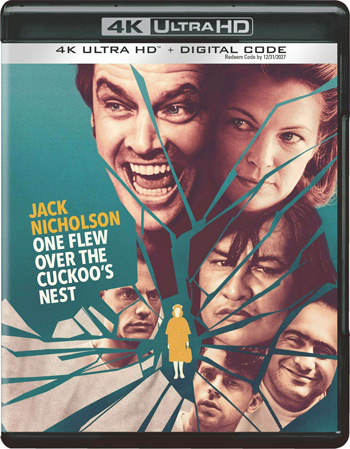
Warner Bros.
Nobody thanked Kirk Douglas on the night it won the top five Oscars at the 1975 Academy Awards. And yet without him, there would have been no movie to award. It was Douglas who optioned Ken Kesey’s novel, who used his star power to put it on Broadway, who created the lead role, and who struggled for years to get a movie made of it.
Eventually he passed the baton to his son; and when young Michael finally got a deal with Saul Zaentz, his first job was to fire his dad from the project. Kirk had aged out of the role.
It might have been a great movie. Kirk Douglas sure as hell looked like McMurphy the way Kesey described him, a red-faced brawler covered with scars.
Instead it’s Jack Nicolson who is so indelibly linked with the role of McMurphy that you can practically hear that drawling, purring voice of his of his just by saying the words One Flew Over the Cuckoo’s Nest.
Everybody knows about the book: not so much a 60s counter-culture narrative as a hard-traveling beat novel in the vein of On the Road. It was rough, occasionally hallucinatory, supposedly set in a mental hospital in Oregon but really located in the labyrinth mind of Chief Bromden. Kesey had worked in just such a place. The stories about him giving himself electroshock aren’t true, but they also aren’t as weird as the honest-to-God fact that he took LSD as part of the CIA’s MK-Ultra project.
Nobody ever talks about the play.
It only ran 90 performances, but it also set the template for the movie. It’s straight-ahead realism, and so is the film. It’s an ensemble piece disguised as a star vehicle—and so is the film. Many scenes are driven entirely by dialogue. Most of the movie’s cast were stage actors who knew how to play off each other in that kind of confined space.
One of them, Danny DeVito, came straight from the Broadway production.
The play’s unacknowledged debt to Kirk Douglas’s stage version is why the movie feels so internalized. The whiteness of the ward, the wan uniforms, the omnipresent barriers, make this one of the most claustrophobic pictures ever to win an Oscar. And yet that hospital ward contains a universe: it forces the characters to shine.
A wilderness surrounds the movie, a reminder of the untamed beauty surrounding this little prison. That opening shot of the Cascades of Western Oregon, the final shot of Bromden (Will Sampson) disappearing into those same foothills. A few stray glimpses through the chain-link fence around the basketball court. A brief rebellion in a fishing boat. That’s all we get. The rest is Nurse Ratched’s domain.
If anyone deserves to be bitter about that movie, it’s Louise Fletcher.
She’s the only member of the cast who got typecast, and usually it’s because of a performance that everyone remembers differently from the one she actually gave. Sarah Paulson’s steely, nightmare-bitch portrayal in the Ryan Murphy series Ratched is the camp stereotype that lives in our brains. But that’s not Nurse Ratched.
Mildred Ratched’s power is quiet: she doesn’t have to raise her voice above those goddamn Muzak records. She removes her winter coat with such homespun grace that you expect her to put on a Mrs. Claus bonnet and bake gingerbread men for the inmates. She stays that way—soft, gentle, blue-eyed—until McMurphy reveals the horns beneath her nurse’s cap. Fletcher’s genius was to recognize that the only way to play the devil is for the devil to think he’s God. Two decades later, she’d bring that same self-assured, lilting sadism to the part of Kai Winn in Star Trek: Deep Space 9.
But of course, Nurse Ratched isn’t just a character, she is what no dystopian vision is complete without: a symbol of the establishment. We have no idea who she is outside of the hospital. To give her a backstory would only diminish her (as TV’s Ratched proves). She seems to have no interior life at all, and that makes her terrifying. Even the doctors are afraid of her. The only person who isn’t afraid is the one person who should be: the Irishman in the black watch cap with his dirty playing cards and crooked poker games, Randle P. McMurphy.
In 1975, Jack Nicholson wasn’t a maverick star like Kirk Douglas. More of an outsider who’d earned some attention in indie classics like Carnal Knowledge, Easy Rider, and his own Goin’ South. The diner scene in Five Easy Pieces—the one where he fights a losing battle to order whole wheat toast—is our first full glimpse of the Nicholson style: sardonic but not smug, coarsely intelligent. The lion’s growl is there but not the roar.
McMurphy would inspire that caged violence—and, I suspect, that was Douglas’s left-handed gift to him—but Nicholson found something in the part that just wasn’t in Kirk Douglas: a sense of humor. The script (by Laurence Hausman and Bo Goldman, et al) gives him a lot of bravura lines to play, but it’s actually in low-key moments that Nicholson brings out the Merry Prankster in McMurphy. As when Nurse Ratched suggests that if he won’t take his medication orally, they can find some other way. “But I don’t think you’d like it,” she adds, a malevolent flash disguised as humor.
Nicholson glances away to see Harding (William Redfield) smiling at him. Then Jack drops the line with a happy nod: “You’d like it, wouldn’t you?”
The genius of that moment is Nicholson’s timing.
He returns Louise Fletcher’s stare just long enough to make a quick threat assessment. This is a man who, in his own words, fights and fucks too much. Nurse Ratched seems to be the first person he’s met who can’t be dealt with either way. So he goes for the tactical retreat and the covert rebellion. Throughout the movie—whether it’s taking bets on deadlifting a marble water fountain or watching an imaginary ball game on a blank TV screen—larger-than-life performance is McMurphy’s weapon of resistance. He only loses when he’s forced to face a situation that he can’t bounce off with a joke.
Like the Vietnam War that was just beginning when Kesey wrote the book and had just ended when the movie came out, Cuckoo’s Nest is a battle for hearts and minds. The group therapy scene demonstrates Ratched’s ability to play the men against each other.
The bullies—Taber (Christopher Lloyd), Sefelt (William Duell), and Frederickson (Forman stalwart Vincent Schiavelli)—torment the self-important Harding over ten-dollar words like “peculiar” while Harding warns poor Charlie Cheswick (Sydney Lassick) to “stay off my side.”
McMurphy laughs at the whole ludicrous show, aping Harding’s hand gestures. Then he notices that Nurse Ratched isn’t laughing. But she is smiling.
This may be the best all-male ensemble since Lawrence of Arabia. Everybody gets a moment: Christopher Lloyd’s “blah blah blah” retort to Redfield’s rant about form, content, God, the devil, everything; Danny DeVito putting a Monopoly hotel into his mouth; Duell’s observation that his head would “crush like an eggplant” (that slight flutter as he struggles to recall the word “eggshell”); the open wound of Brad Dourif’s stammer as the cruelly named Billy Bibbet; and most of all, Lassick’s “I want my cigarettes!” meltdown that starts McMurphy’s death-slide to the lobotomy table.
But the real revelation of the movie is Will Sampson as Chief Bromden, who only gets a few lines and does most of his acting with his eyes. They cast Sampson because of his height and found a giant in more ways than one. He is the movie’s emotional center, its only real redemption. A man who can get that much mileage out of “Juicy Fruit” should have netted the movie a sixth Oscar.
It’s not always easy to tell if these men are really acting. Some of them definitely aren’t: the patients at Oregon State Hospital who played extras. The professional cast slept on the ward for weeks and were encouraged not to break character, so a few lines were bound to get blurred. Nicholson played cards with the patients between takes. DeVito reportedly got so deep into playing Martini that he started talking to an imaginary friend. Dean R. Brooks, the hospital’s actual administrator who played Dr. Spivey (magnificently, I should add), had to reassure DeVito that as long as he knew the friend was imaginary, he should be okay.
And then there was Sydney Lassick, whose commitment to Cheswick was total. So much so that when it came time for McMurphy to get smothered, Lassick broke down into uncontrollable sobbing and had to be taken from the set.
The person driving these men to madness wasn’t Nurse Ratched, but the film’s rebellious young director, Milos Forman.
Forman, who had lived through both the Nazi and Soviet occupations of his native Czechoslovakia, saw the film through the lens of tyranny. This was not entirely a metaphor: behind the Iron Curtain, mental hospitals were frequent dumping grounds for dissidents.
Where the book frequently veered into head trips, Forman went for reality pushed to the edge. There have been movies with more violence, but rarely any with so much raw pain. The sight of Billy Bibbet dragged away, pleading with Nurse Ratched not to tell his mother that he lost his virginity, is difficult to watch and impossible to turn away from. You want to reach through the screen to stop what’s about to happen.
All of this would be unbearable without the movie’s small rebellions. The World Series. The fishing trip. That last bacchanal with females more pliant than Ratched or the perpetually terrified Nurse Pilbow (Mimi Sarkisian). It’s all a breath of fresh air. It’s classic cinema.
And yes, after a half century, it is out of step with the times.
Ken Kesey wrote his novel within a long cultural tradition of mental hospitals as psychiatric abbatoirs. Life Magazine’s “Bedlam 1946” photo essay exposed the chaos and cruelty of state-run asylums, inspiring films like The Snake Pit and The Shame of the States. Torture stories of electroshock and lobotomy—the very same that is inflicted on McMurphy—fed an anti-psychiatry backlash. Social critics like Thomas Szasz, R.D. Laing, and Michel Foucault went so far as to argue that mental illness didn’t exist: it was just the state’s way of controlling people.
The public fear wasn’t that patients were being mistreated, but that sane people would wrongly be committed to them.
Cuckoo’s Nest takes that a step further. The doctors suspect that McMurphy is faking mental illness to get out of work farm duties. McMurphy’s retort is that none of these guys are crazy, they just need to get their balls back. The twist that Kesey puts on the narrative is that most of the men are here voluntarily: their madness is their willingness to be treated as mad.
You can’t ignore the Freudian dynamics of McMurphy’s rebellion against Nurse Ratched. The men are figuratively if not literally castrated. McMurphy doesn’t want saltpeter in his meds. Harding is convinced he’s a cuckold. Cheswick is a man-child. Billy is terrified of his mother’s friendship with Nurse Ratched. The way that McMurphy finally loses his shit with Ratched isn’t subtle—he falls on her, both gasping—but it’s a lot less explicit than the book, where he literally rips her nurse’s uniform open, exposing her large breasts to the men.
In this construction, liberation from madness is the escape from female domination. Candy (the delightful Mews Small) is the anti-Ratched—giggling, artless, sexually available. McMurphy hints a few times that Billy just needs to get laid. When Candy deflowers him, his stammer is magically cured (though a single sentence—“No I’m not”—is all he ever gets to say clearly).
Great movies are prisoners of the eras that made them.
Today—I hope—mental illness has been destygmatized, and fears that we’re all going to be shipped off to the looney bin have ebbed away. But that’s also precisely why Cuckoo’s Nest matters. We need these images of the aslyum to remind us of the dangers of letting other people define the size of our cages. Bromden, tall as a house, tells McMurphy that he can’t escape because he’s not “big.” The system makes us small: if we let it.
One Flew Over the Cuckoo’s Nest didn’t change movies—it’s more of a last hurrah of outlaw-indie films than the birth of something new—but it did change Jack Nicholson. It made him a star, but it also gave us all the cliches of “Jack Nicholson” as we know them now. Christian Slater, who’s spent much of his career doing Nicholson impressions, actually played McMurphy on the London stage. Five years after Cuckoo’s Nest, Kubrick’s The Shining would cement Nicholson’s screen persona as a maniacal clown. His casting as the Joker was inevitable.
What the movie might have done to Kirk Douglas, we can only guess.
Extras include retrospective featurettes, feature-length 1997 documentary, Completely Cuckoo, and deleted scenes.
2169 words




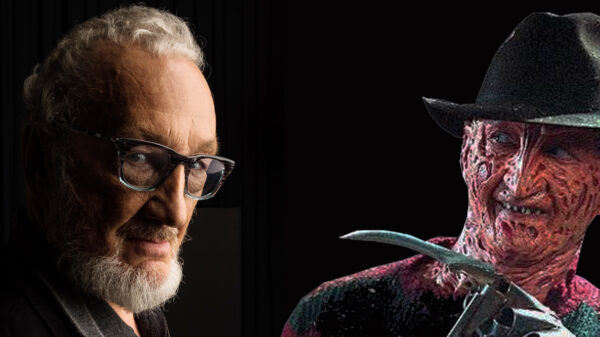
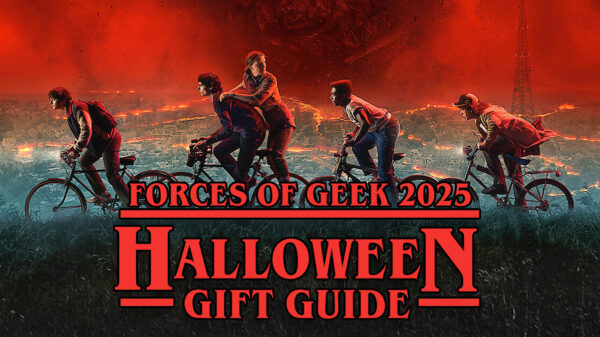
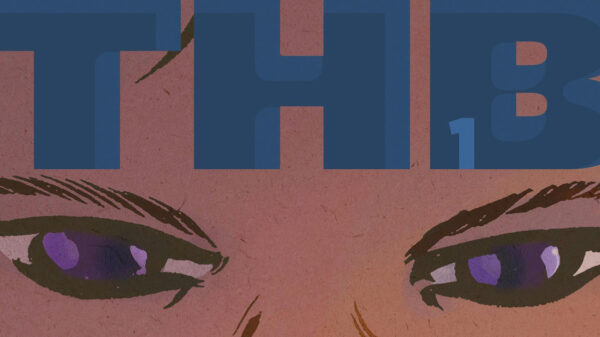

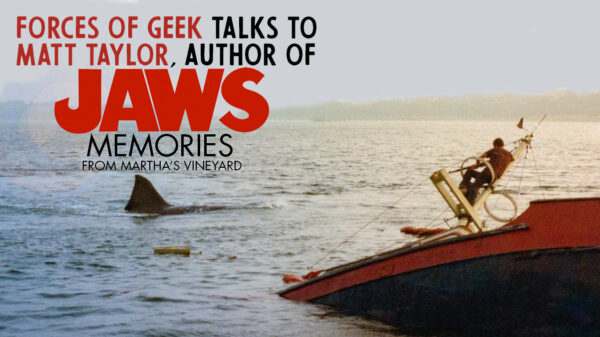
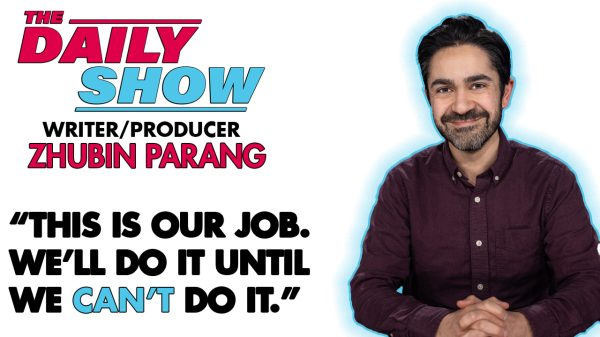

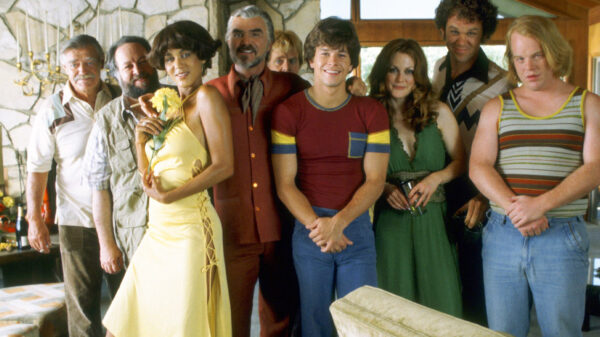
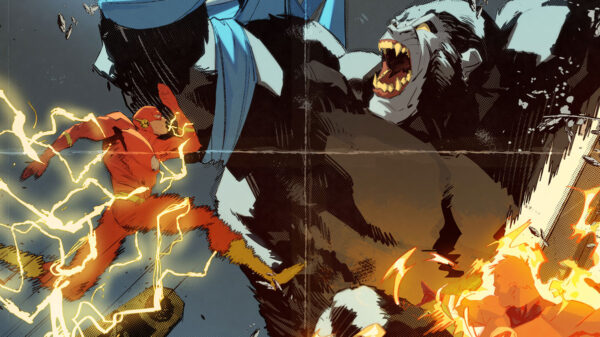

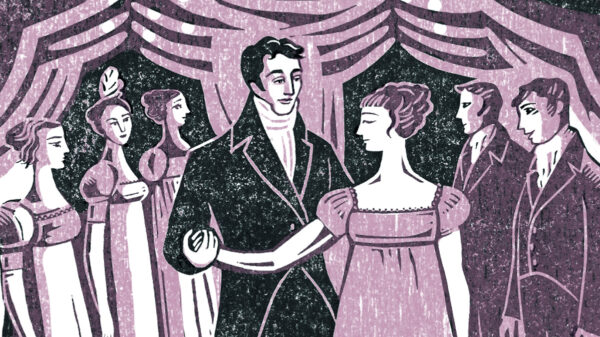






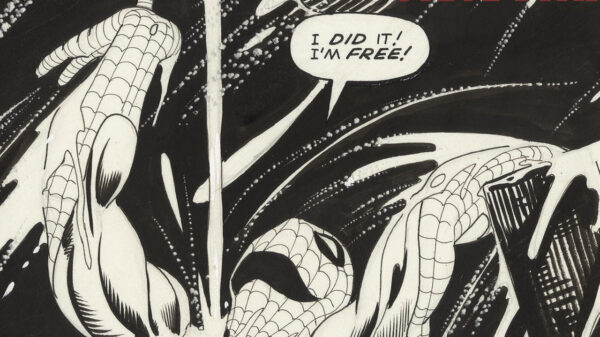
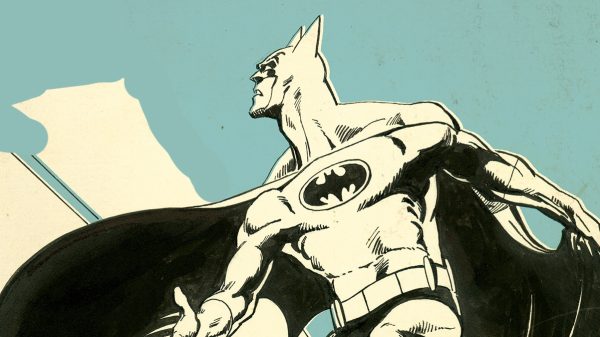

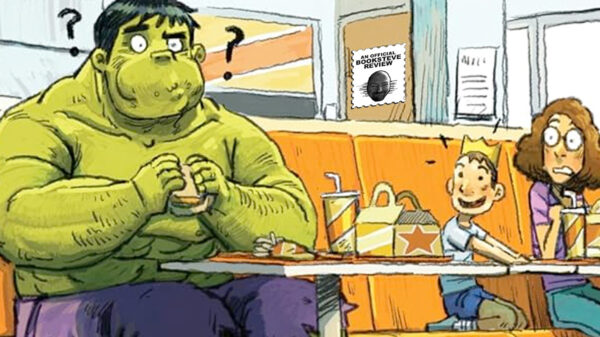
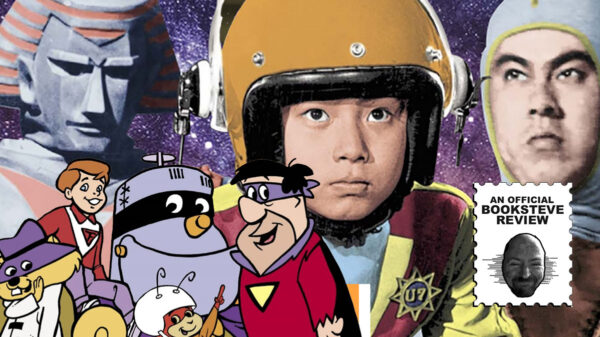
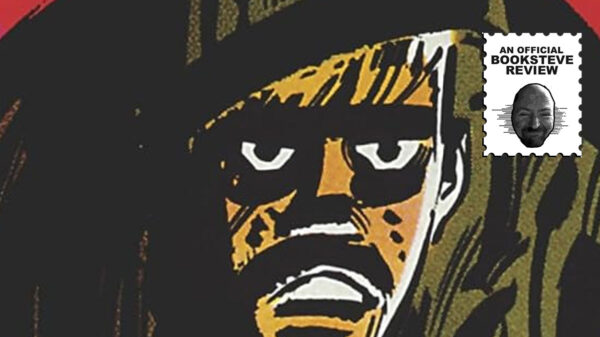
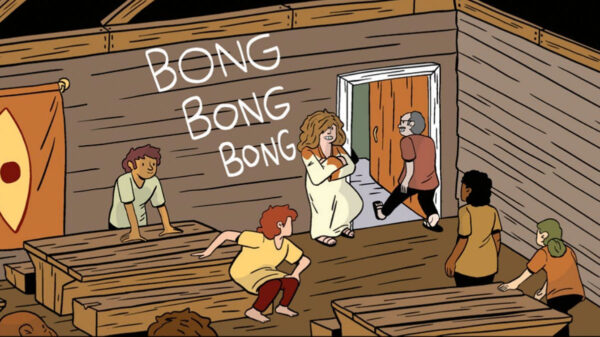








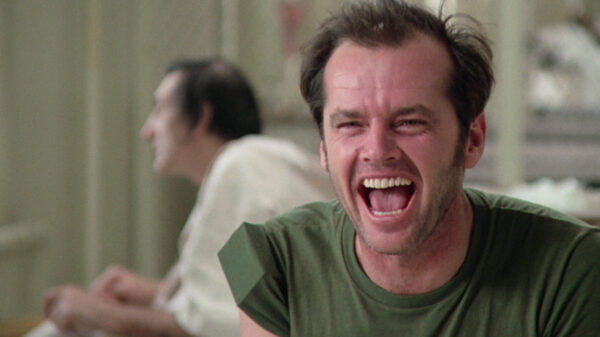



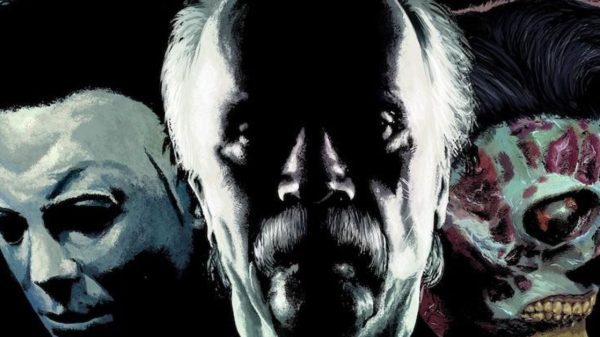

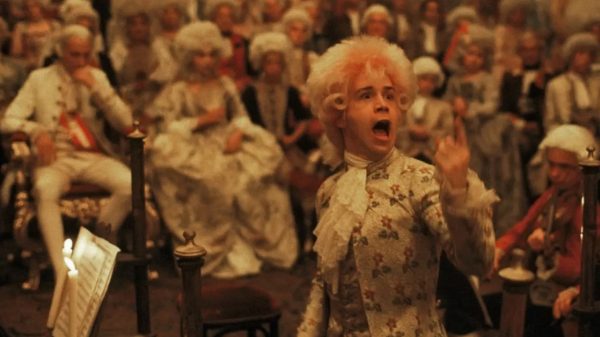











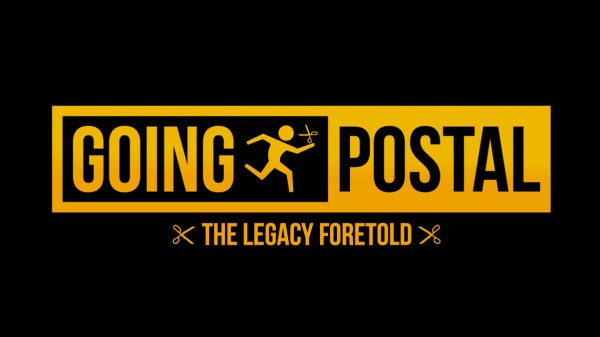


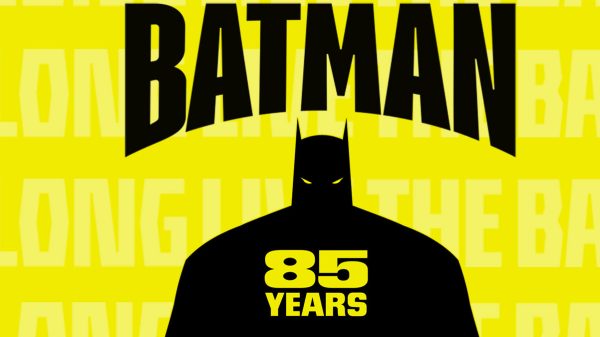


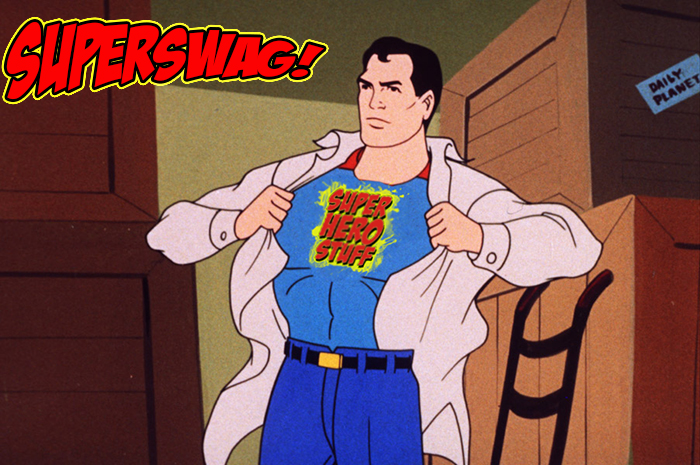


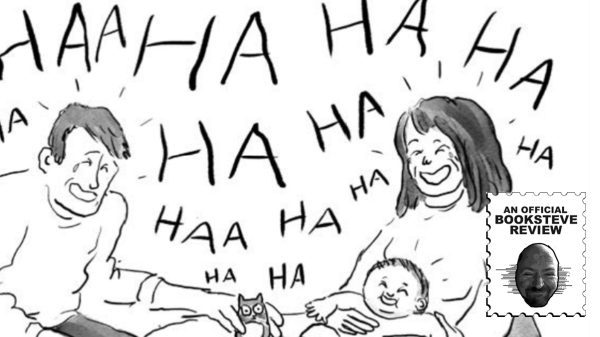



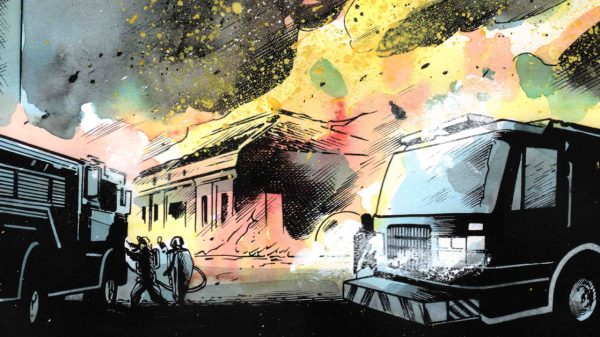















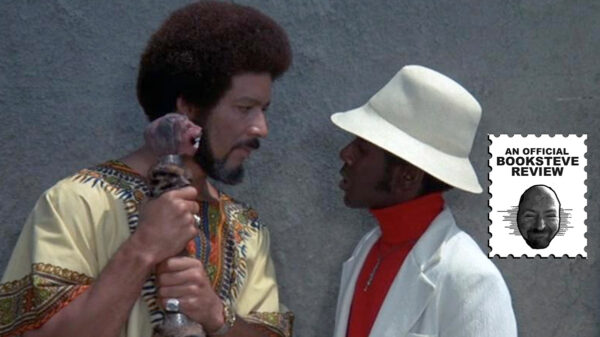
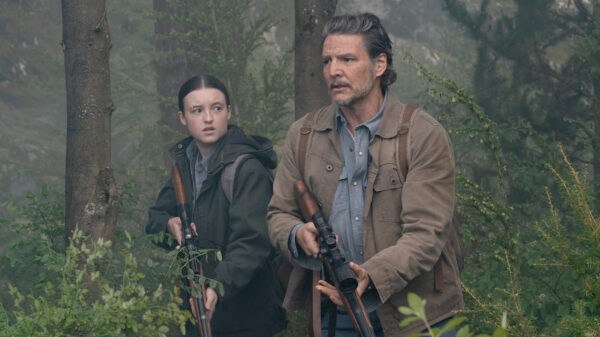




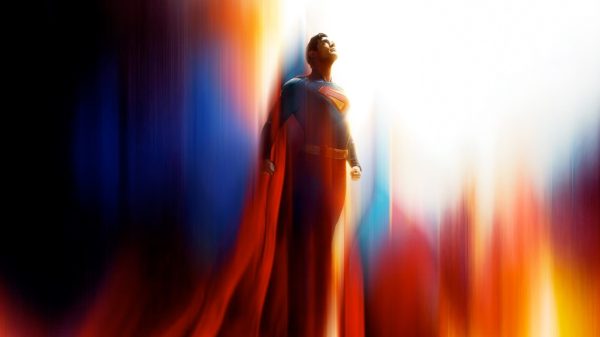





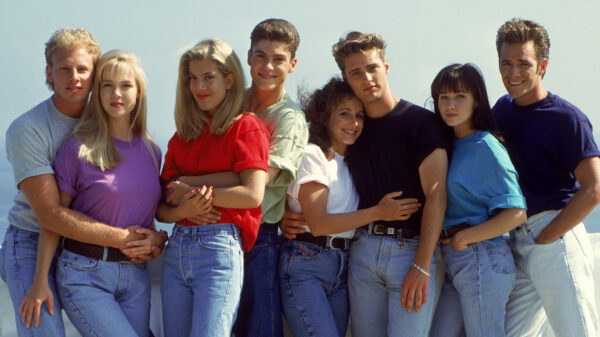
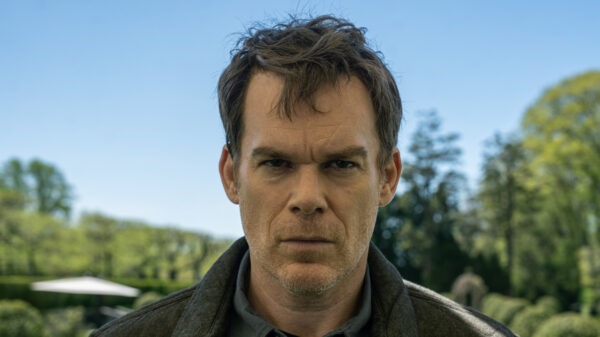
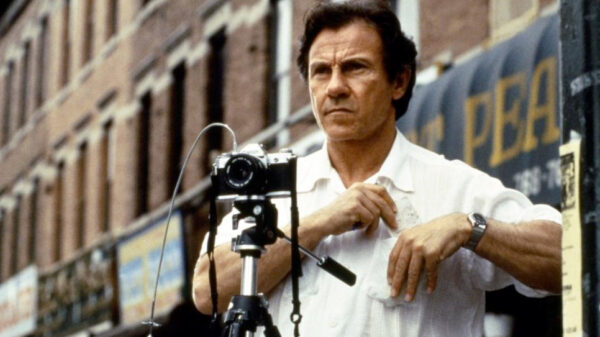
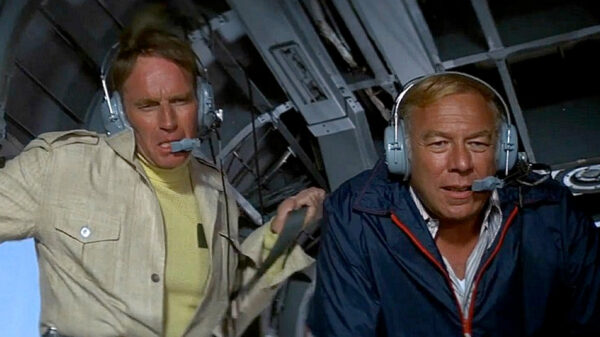
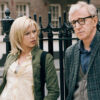

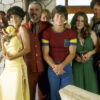
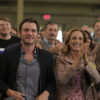
You must be logged in to post a comment Login